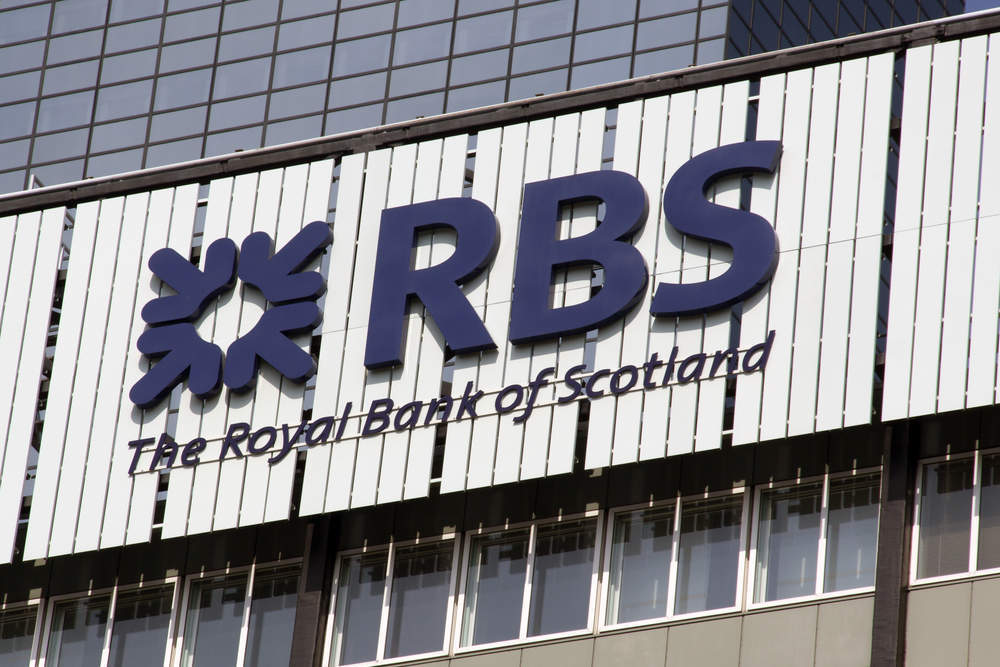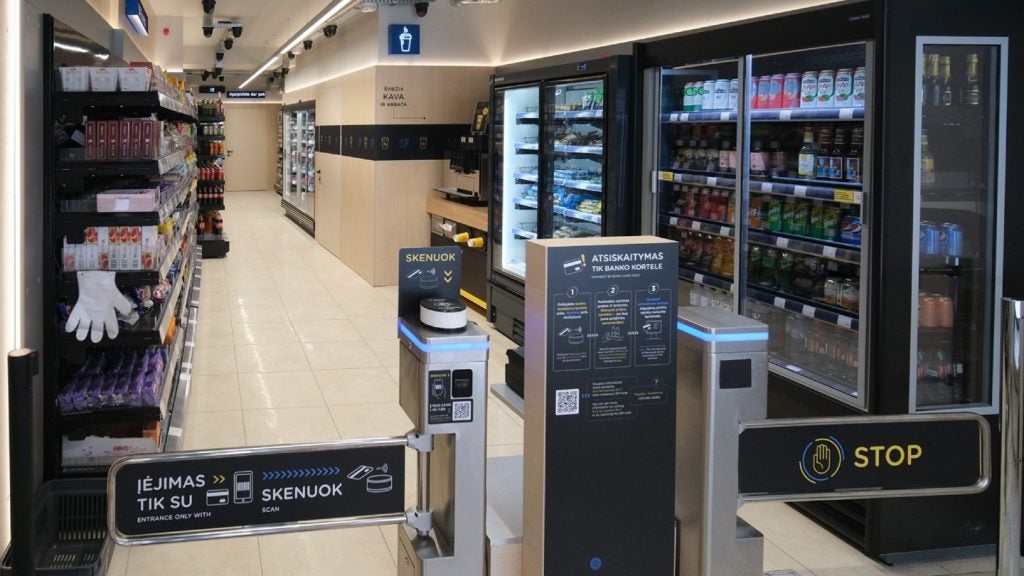
It has taken almost a decade and accumulated losses of around £50bn but Royal Bank of Scotland (RBS) has finally, belatedly, and expensively closed its so-called bad bank business unit.
In its time, RBS placed more than £300bn of toxic assets into its bad bank.
What remains of the unit – about £23bn of assets including corporate loans and complex derivatives the bank has failed to unwind – will now be reintegrated into RBS.
RBS chief executive Ross McEwan was fully justified in saying that the bad bank closure was “a key moment for RBS”.
Where I take issue with McEwan is his recent soundbite relating to RBS’ Williams & Glyn business unit.
He claimed that confirmation that RBS would not be forced to sell 300 branches it planned to spin off under the Williams and Glyn brand “brings welcome clarity for our customers and staff”.
How well do you really know your competitors?
Access the most comprehensive Company Profiles on the market, powered by GlobalData. Save hours of research. Gain competitive edge.

Thank you!
Your download email will arrive shortly
Not ready to buy yet? Download a free sample
We are confident about the unique quality of our Company Profiles. However, we want you to make the most beneficial decision for your business, so we offer a free sample that you can download by submitting the below form
By GlobalDataPull the other one – clarity for staff and customers?
The staff I have encountered who were seconded to Williams & Glyn have either already departed the bank or been placed on gardening leave.
As for the customers: the kindest suggestion I can make is that they must have been a tad confused by correspondence they have received in recent years.
What of the branches?
Originally, the Williams & Glyn business unit was to comprise 321 Royal Bank-branded branches located in England and Wales and about six NatWest-branded branches situated in Scotland.
By 2015, the number shad shrunk modestly, to 314 branches in total; by 2016 the plan was for W&G to list on the London Stock Exchange with a 307 strong branch network serving about 1.4m retail customers and more than 200,000 SME customers.
That 307 branch figure has in the interim shrunk to below 300; but as for an exact figure?
You will search in vain within RBS’ most recent annual report for a current figure for the Williams & Glyn business unit. Ditto recent RBS investor presentations.
In fact so far as I can ascertain, nowhere on any RBS website is there an up to date figure for branches for the Williams & Glyn unit.
Now that RBS has accelerated plans to rightsize its Royal Bank-branded branches in Scotland and aggressively shrunk its NatWest branded branches in England and Wales, it might get around to deciding what it plans to announce relating to RBS-branded branches in England.
And while it is at it, it could perhaps clarify just how many branches remain within the Williams & Glyn unit.
It is difficult to envisage RBS wanting to re-brand almost 300 Royal bank branded branches in England and Wales – or whatever the number that remains open- as NatWest.
As for NatWest-branded branches in Scotland, the only printable response I ever received from an RBS-staffer was a polite “what a shambles — don’t even ask”.






